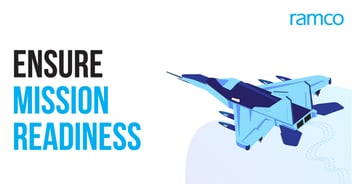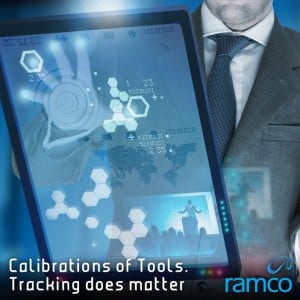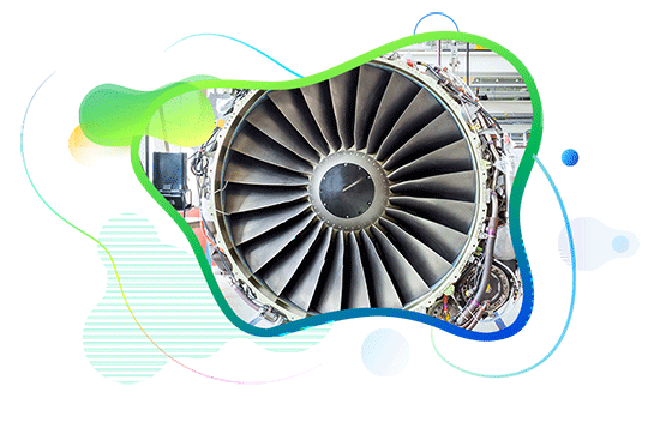
Calibrations Of Tools- Tracking Does Matter
Published :

‘Long long ago so long ago’would be the perfect way to start a blog when you talk about tools and its calibration. There is a perfect history on the efficiency of tools taking us back to initiation of Egyptian pyramid times. There has been a lot of portrays which depicts the usage of tools those days which were used to build structures that could withstand the time. Their practices followed were so proficient that the pyramids are still modern period masterpieces. These historic techniques have now paved way for modern calibration tools.
Either mechanic or anyone part of aircraft maintenance knows that the tools need to be calibrated on time. The major reason why we need precise tools is to ensure it does exactly what it is expected to do. If it is not capable enough then there will be a compromise in safety, decrease in life of the tool leading poor aircraft performance. This in turn will affect the business and create a lot of unhappy customers, which is not something anyone can afford in current competitive market.
There are significant reasons why the calibration plays a major role:
Organizations use the serial# for tracking the calibration. The overdue report clearly charts out the last performed calibration date and the interval maintained which will bring the next accurate calibration date. There are many integrated maintenance and engineering systems that runs these reports on any given day and have the remaining days calculated.
The calibrations are done in the manufacturer’s shop or certified repair vendors who hold the proper certification to calibrate the specific tool. The necessary information like the compliance date, next calibration date, certificate#, calibration records are furnished by manufacturers are recorded by the operators during the receiving process.
It is a noted fact that the owner of the tool is responsible for the overall tracking and monitoring of the calibrated tools which includes:
Issue of tools and receiving them back to inventory needs a special attention because the process in which this happens needs to be handled with care. The person who uses the tool gives his or her name, employee number and tool requested. In addition to above the following information are tracked by regulatory purposes
Once the necessary work is accomplished by the mechanic the part is returned back to the inventory. The necessary information like, returning employee name, employee number, type of return (for example, permanent return), transfer, and calibration return are maintained. In addition, the below attributes are also checked.
It is acceptable to borrow a calibrated tool from another 14 CFR 121 or 14 CFR 145 certificate –holder that has an FAA-accepted calibrated tooling program. It is responsibility of the mechanic or inspector to ensure that the tool has been calibrated and is within the calibration cycle of that program. The mechanic or inspector will document the borrowed calibrated tool part number, serial number, expiration or calibration date and the company of the tool was borrowed from on the applicable work document (i.e., jobcard, non-routine work card, etc.). Mostly the charges of these tools are invoiced as prorate/usage basis or in a monthly fixed rate which is a common practice.
The above mentioned reasons ensure a need for any organization to have a close watch on calibration schedule. It is always cost effective to do the calibration during the scheduled time rather than waiting until the tool gets worn out, which then increases repair cost.
Ramco Aviation suite has a niche and integrated functionality where the calibration of tools can be maintained for a part level. The robust functionality helps the user to track and maintain the calibration of parts. Keeping the importance of tracking, Ramco Aviation Suite can be configured in such a way that alert emails can be sent to the respective user when the calibration due date reaches the limit. On the other hand, if the calibration due dates have reached then by a click of a button an external repair order can be created against preferred repair agency. In addition, there is a unique authentication # which is been maintained during issue and return of tools. While issuing a tool the mechanic enters authentication# and this number is registered against the employee. While returning the tool the application checks if the same authentication # is entered by the employee. This above mentioned capability in Ramco aviation suite provides a huge advantage which has been leveraged by many of customers.

All Rights Reserved. © Copyright 2023. Ramco Systems.